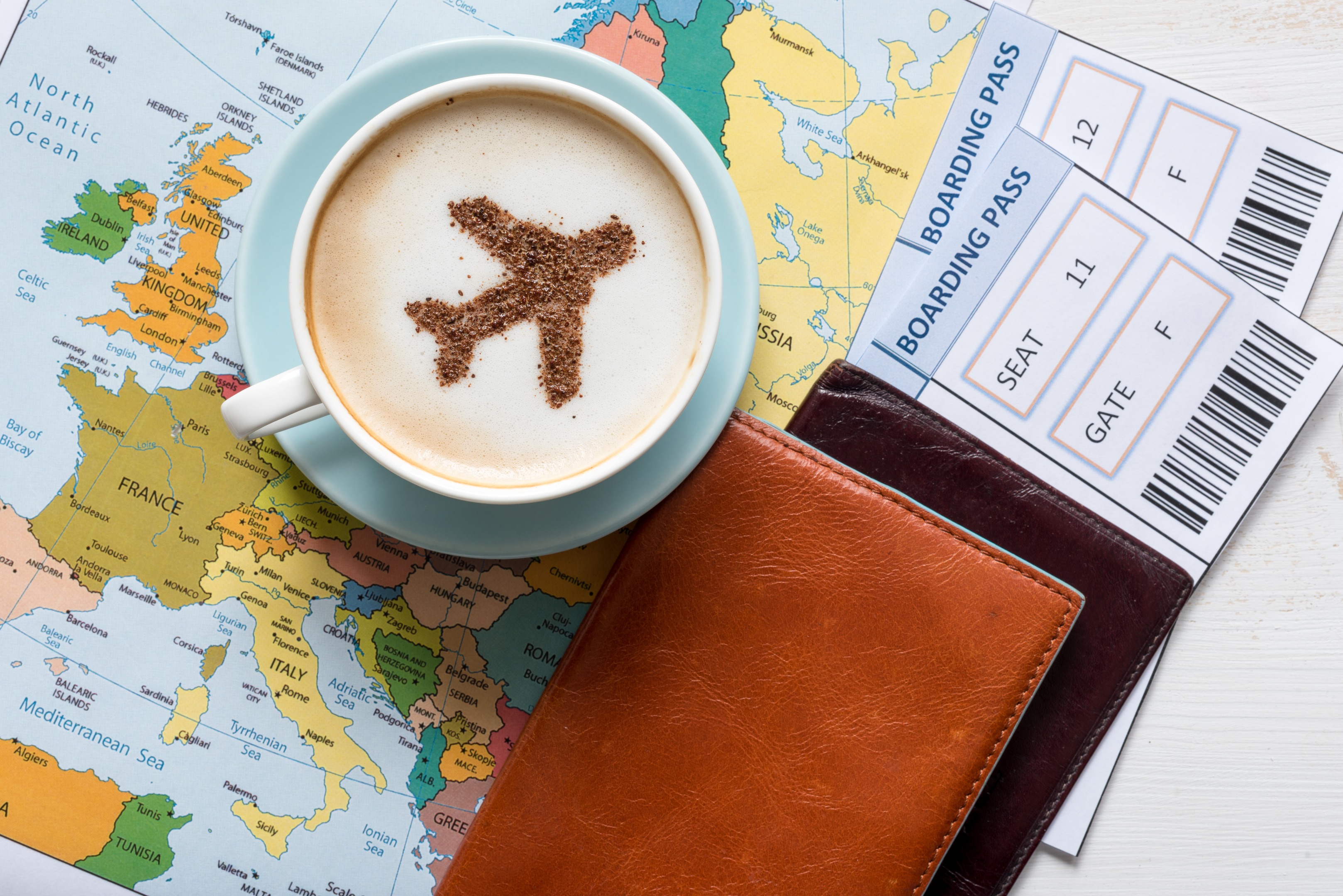
UK tourists will pay less for goods in almost half of popular holiday destinations this year despite the volatility of the pound, new research suggests.
Analysis by Post Office Travel Money found the cost of tourist staples such as meals, sun cream and coffee has fallen in 19 resorts and cities compared with 12 months ago.
Singapore and St Lucia head the list of destinations where holiday costs have fallen in the past year, down 22% and 20% respectively.
While those falls were due to cheaper local charges for meals and drinks, a sharp rise in the value of sterling against the Brazilian real explains why the cost of essentials in Rio de Janeiro is down 20%.
Bulgaria’s Sunny Beach topped the 2019 costs barometer, with the basket of goods costing £36, including a bottle of beer at a bar (59p), a cup of coffee (74p) and a three-course evening meal for two with a bottle of wine (£27.44).
Turkey’s Marmaris was in second place (£45), followed by Portugal’s Algarve and South Africa’s Cape Town (both £50).
The most expensive destination in the annual report was Mahe in the Seychelles, where the same items cost UK visitors £183, including £128.53 for an evening meal.
Abu Dhabi was the destination with the second highest prices (£169), followed by Jumeirah, Dubai (£150) and Darwin, Australia (£147).
Post Office Travel Money expert Andrew Brown said: “It is good news that prices are down in many destinations this year, but it is still very important to be aware of the huge variation in costs we found across the 42 countries surveyed.
“For example, barometer costs in the six cheapest resorts and cities are less than half those in the 15 priciest destinations.
“That’s why we advise holidaymakers to draw up a destination shortlist and do their homework by comparing the prices for meals, drinks and other tourist items before booking. Forearmed is forewarned.”

Enjoy the convenience of having The Sunday Post delivered as a digital ePaper straight to your smartphone, tablet or computer.
Subscribe for only £5.49 a month and enjoy all the benefits of the printed paper as a digital replica.
Subscribe